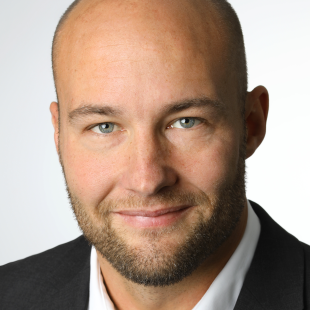
Dr.-Ing. Tim Rostek
- E-Mail:
- tr@luf.uni-paderborn.de
- Phone:
- +49 5251 60-5346
- Web:
- Homepage
- Office Address:
-
Pohlweg 53
33098 Paderborn - Room:
- IW1.851
Publications
Latest Publications
Novel approach for data-driven modelling of multi-stage straightening and bending processes
H. Peters, E. Djakow, T. Rostek, A. Mazur, A. Trächtler, W. Homberg, B. Hammer, in: Materials Research Proceedings, Materials Research Forum LLC, 2024.
Cutting Blades for Food Processing Applications Manufactured Using Innovative Spin Forming
T. Rostek, H. Makeieva, W. Homberg, in: G. Daehn, J. Cao, B. Kinsey, A.E. Tekkaya, A. Vivek, Y. Yoshida (Eds.), Proceedings of the 13th International Conference on the Technology of Plasticity, Springer, Cham, Columbus, 2021, pp. 2115–2125.
Joining with Versatile Friction-Spun Joint Connectors
T. Rostek, E. Wiens, W. Homberg, Procedia Manufacturing 47 (2020) 395–399.
Improved set up strategies for steel strip straightening machines
T. Rostek, W. Homberg, in: AIP Conference Proceedings 2113, 170018, AIP Publishing, 2019.
Show all publications
Teaching
Current Courses
- Spanende Fertigung
- Fertigungstechnik für den Leichtbau
